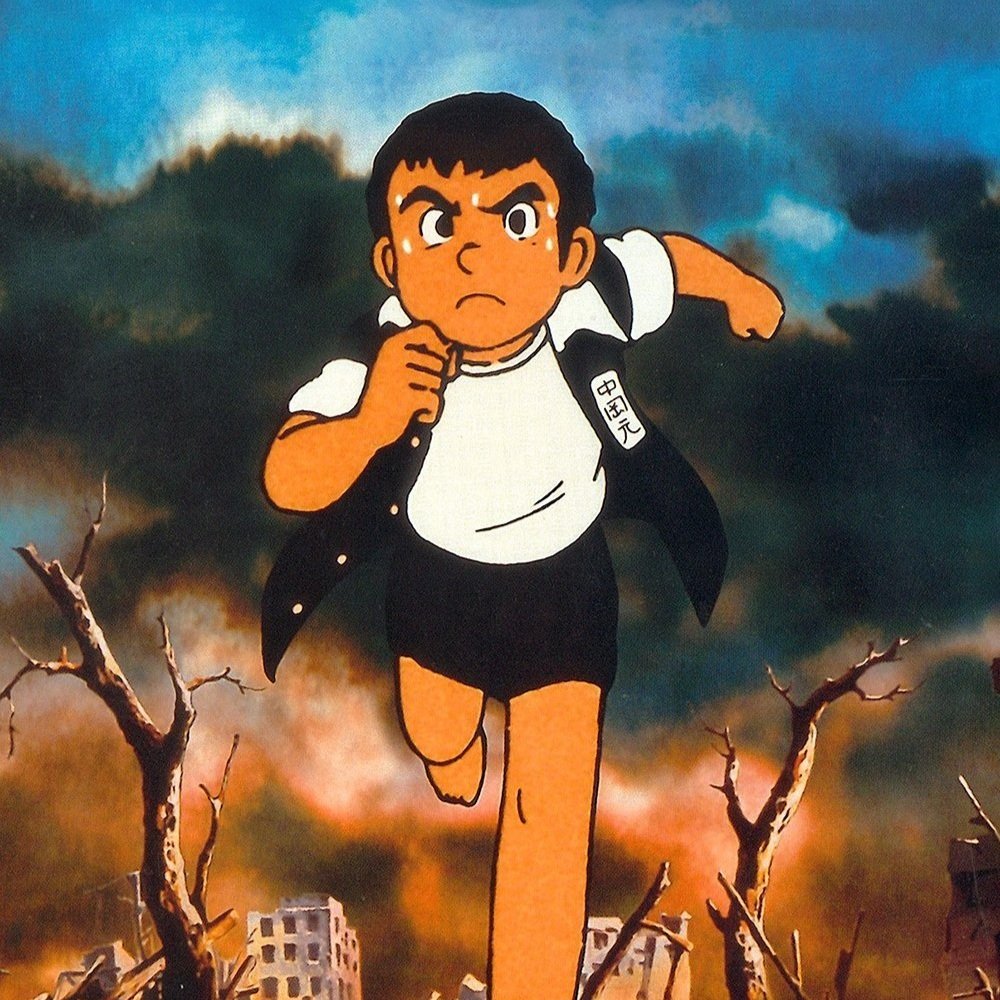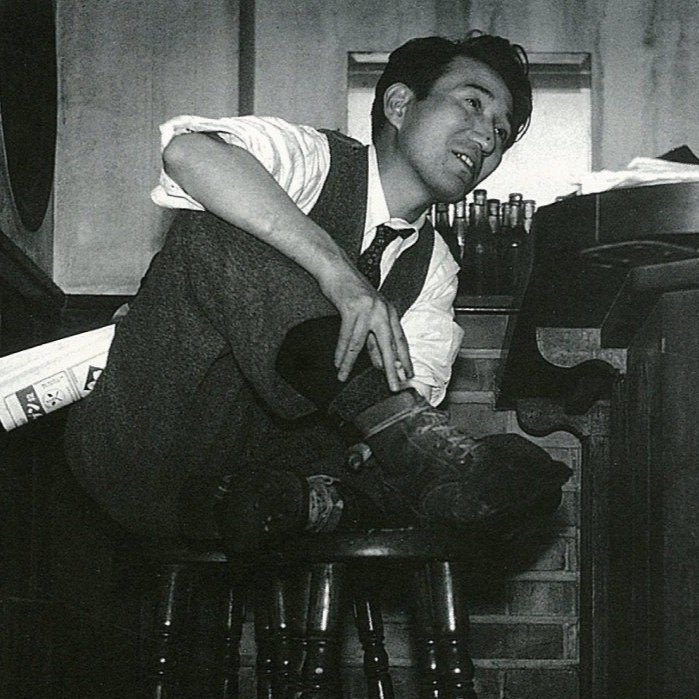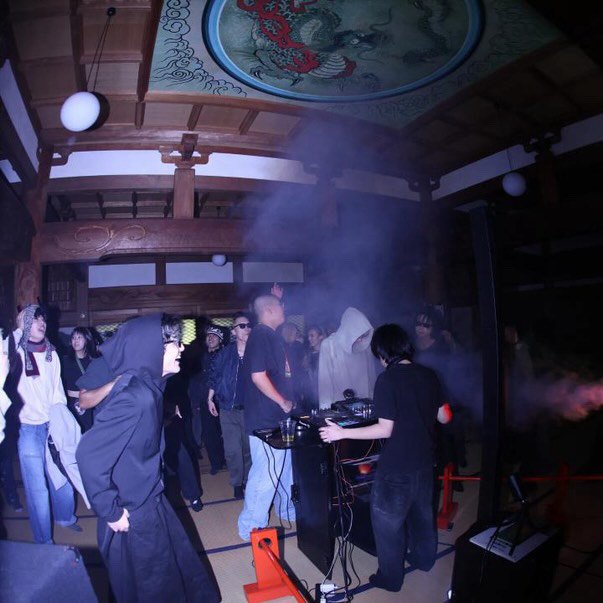Bōsōzoku - The Biker Gangs of Japan
Bosozoku│via In Form Library│© Masayuki Yoshinaga
They seem straight out of Tokyo Revengers, but the reality is quite the opposite. Japan's infamous biker gangs, known as Bosozoku, left a lasting impact on Japanese society with their incredibly loud customized bikes, unique fashion, and violent behaviour. Yet Bosozoku was the place many called home, until the biker subculture was abruptly crushed.
The Origin of Bōsōzoku
As much of Japanese history, the early days of Bosozoku can be traced back to the post-war era, where a society being rebuilt resulted in the birth of a variety of new cultural movements.
That’s where motorcycles step in. Emerging as an affordable and thrilling means of transportation and leisure in post-war Japan, the popularity of motorcycles went through the roof, especially with the Japanese automotive industry still in its early stages of development. Being popular among ex-fighter pilots, motorcycles became synonymous with adrenaline and entertainment.
As motorcycle culture was on the rise, gatherings and gang rides became more popular, slowly becoming more reckless, fast and loud over time. These gatherings eventually evolved into what came to be known as the Kaminari Zoku, or the lightning tribe.
Enter the 1970s, and a new generation of young bikers arrives to transform the scene. Inspired by new values and rebellious Western influences, this fresh batch of thrill-seekers quickly found meaning and belonging in the biker gangs.
They took the idea of gatherings one step further, forming actual gangs with a hierarchical structure, customized bikes, and a unique fashion style which became the hallmark of the gangs. It’s this generation who introduced force and joyriding to the world of biker gangs in Japan, resulting in the media introducing a new term to describe these disrupting biker gangs: Bosozoku.
The First Japanese Biker Gangs
The Bosozoku biker gang is born, giving rise to various branches throughout the 1970s and 80, each embodying distinct values and adhering to its own code of conduct.
Among these were the Matsudo branch, Ichikawa branch, and the Nina Mona, distinguished for their taste of elaborate bike customization, setting a trend for other branches to follow.
However, at the forefront of the Bosozoku realm stood two leading gangs: Black Emperor and Specter. It’s these gangs who started claiming territories which often led to territorial disputes, resulting in violence and fatalities.
Each Japanese biker gang’s unique code influenced their approach to using force. Specter, for instance, excelled in guerrilla tactics. They would position themselves along Japan's route 357, laying down with ropes laying across the streets. As rival gangs approached, they would tighten the ropes, causing the bikes to trip.
Young Bosozoku Members
Bosozoku members were young, extremely young, some as young as 16 when they joined the ranks.
Older Bosozoku members would often impress lost young souls at schools by showing off their bikes and violent behavior, leading to many high school dropouts joining Bosozoku at an early age. For many, the Bosozoku served as a gateway to a darker underworld, with numerous recruits eventually finding themselves drawn into the ranks of the yakuza.
The hierarchy of ranks within each branch would be slightly different, comprising up to 15 different positions, ranging from Branch Leader, to Captain, to Recruit. Yet branch leaders would often be no older than 25 years old.
Individual gangs during their peak would have around 200 members, while alliance meetings could grow as big as 1000 to 2000 members riding together. By the peak of the Bosozoku era in the 1980s, their collective membership exceeded 42,000.
Bosozoku members│via In Form Library│© Masayuki Yoshinaga
Ride or Die
One of the key elements of Bosozoku culture were the gang rides. During these meetups up to one hundred members would gather at an assembly point from where they went out on the street as one big convoy.
The planning and execution of a gang ride required detailed coordination. The branch leader and their captains would lead the charge, forging a path for the convoy. In the middle, members would proudly wave their gang flags and make as much noise as possible while slowly swirling down the street. The task of the members at the end of the convoy was often the hardest one. They had to keep the police at bay, who was often in pursuit of the gangs disrupting the local neighborhoods.
Bōsōzoku Fashion
It didn’t take long before Bosozoku was associated with unique fashion elements that remain their iconic trademark to this day: the Tokkofuku, the Bosozoku uniform, or combat uniform.
To foster a sense of solidarity among members, long jackets decorated with mottos or symbols on the back became the hallmark attire for Bosozoku members. The writing on the back of their jackets would often be a motto shared by the gang like “no wins no losses”. Additional writing was often added by each individual member to personalize the jacket.
Underneath the jackets members often wore oversized work overalls, adding to the countercultural look of bosozoku. These looks swiftly evolved into a symbol of Bosozoku pride, allowing each member to craft their own alter ego.
Today some prefectures like Hiroshima banned Tokkofuku outfits from being worn in public.
Customized bikes
The item that stands out most when first encountering Bosozoku culture is without a doubt the heavily customized bikes.
The movement introduced a unique approach to bike customization, characterized by custom paint jobs, bended handlebars, and most notably, the long ass rear seat that became the signature of the Bosozoku bike. While the extended back seat served little practical purpose, it served as a means to showcase and impress fellow members. As one member put it, "it looks cool when swirling on the street.”
Among the most favored models were the Honda CBX400F and the Yamaha XJ400, prized for their affordability, as many members devoted their entire incomes to customizing their bikes.
But it wasn’t all bikes. The bosozoku car made its entrance, replacing the long back seat with absurdly long exhausts, crazy paint jobs and the highest spoilers. Some might even say that Dekotora trucks find their origin as Bosozoku trucks.
Bosozoku│via In Form Library│© Masayuki Yoshinaga
Violence over Territory
While Japan isn't typically associated with violence, the Bosozoku phenomenon went beyond mere show. Territorial feuds between gangs often escalated into brutal violence. They would abduct members from rival gangs, often beating them to a pulp before leaving them somewhere helpless aside of the street, while keeping their Tokkofuku as a prize.
The violence could turn lethal as well. Abducted members would have to endure horrible punishments, like having a rope tied around their ankles, dragging them over the asphalt for hundreds of meters, which would turn out to be a death punishment.
But often the fighting was a show of heart as well, a demonstration of fortitude to see who is the one that gets hit but keeps standing up, earning the admiration of fellow members.
With Japan’s strict gun laws, the Bosozoku never carried firearms. Instead they resorted to knives, baseball bats, metal pipes, and other improvised weapons.
Recognizing that territorial disputes fueled much of the bloodshed, alliances began to take shape. The Number One gang, started in Urayasu, was the first one to forge an alliance between gangs in Eastern Tokyo & Western Chiba. Later on, all Chiba-based gangs united under the banner of the United Chiba Soumei Rengo, consolidating three smaller coalitions into a formidable force.
Bosozoku│via Wikimedia Commons│© SC36
The Downfall of Bōsōzoku
The era in which Bosozoku could roam freely, escape the police and engaging in territorial disputes, came to an abrupt halt.
In the early 1990s the Japanese government introduced the Boryokudan laws, whose sole purpose was to fight organized crime. The laws were created to crush activity of the yakuza, yet as the public opinion against criminal activity took a drastic turn, it threatened the existence of Bosozoku due to their public visibility.
If one thing, the Boryokudan laws made it easier to lock up Bosozoku members. As members often got arrested while on the streets, even when they didn’t commence a crime, they would end up in Juvenile Hall if their parents wouldn’t pick them up from the police station.
As Japan transformed into a fully developed society that wouldn’t allow any flaws in the systems, the number of Bosozoku members was quickly crushed until only a shell of its former strength remained.
Today the gangs of Bosozoku in Japan are virtually gone, with Kamagaya Number One as the last standing branch.
As a former leader of the Scepter branch quoted: “Japanese society will not let the average low-life succeed at life by doing low-life things.”













How post-war trauma birthed Kaminari-zoku, the roots of Bosozoku culture.